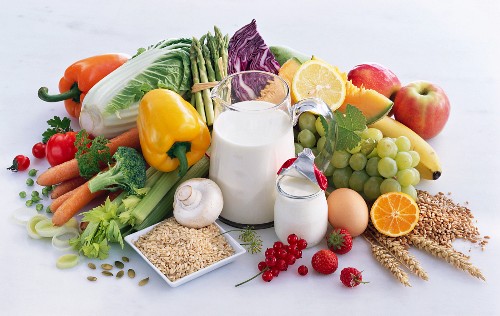
The most frequently used words to describe sustainability are “environment,” “social,” and “economic.”
Thus, sustainability is a holistic concept that considers a system’s ecological, social, and economic dimensions or interventions to achieve long-term prosperity.
Economic development at the expense of ecology does not last, thus, it is critical to balance ecology and development. This holds true for livestock systems, which must be economically viable for farmers, socially acceptable to be sustainable, and environmentally friendly or neutral.
Various livestock production systems are based on resource availability, environmental conditions, and social and economic contexts, and their sustainability varies greatly. These livestock systems are grassland-based extensive, intensive landless, and mixed farming systems. These systems significantly contribute to human nutrition and livelihoods while providing important ecosystem services. They can, however, cause nutrient and environmental pollution and land degradation if not properly managed.
Why sustainable livestock?
- Sustainable livestock systems contribute to economic and environmental stewardship, food security, and sociocultural needs and are critical to meeting most of the United Nations’ Sustainable Development Goals.
- Livestock production contributes to sustainability by utilising uncultivable land for food production, converting non-human energy and protein sources into highly nutritious animal-sourced food, and reducing environmental pollution with agro-industrial by-products, generating income and supporting the livelihoods of millions of people worldwide.
- Some livestock systems are especially effective at sequestering carbon and thus lowering greenhouse gas emissions contributing to global warming.

- Livestock production has the greatest potential to reduce agricultural greenhouse gas emissions, and animal scientists have developed several effective strategies to reduce such emissions from livestock systems by up to 30%.
- The majority of the current discourse on sustainability focuses on one, albeit critical, factor: the environment. Equally important is the need to ensure food and nutritional security for the growing population in a culturally acceptable way that ensures accessibility, affordability, and safety.
- While livestock systems contribute to sustainability in general, poorly managed livestock systems can negatively affect the environment, human and animal health and welfare.

Sustainable Livestock Production for Human Nutrition
The GHG emissions from the foods produced are typically used to assess the sustainability of livestock food systems. However, this approach ignores the nutritional, health, and other benefits that livestock provides in various production systems.These advantages offset the greenhouse gas emissions they emit, decreasing due to the implementation of improved livestock management systems. Livestock has a higher carbon footprint than other food sources, but this is a necessary trade-off because livestock systems provide nutrient-rich products for health and well-being.
Human nutrition, malnutrition, and stunting
Humans’ nutrient requirements include macronutrients (carbohydrates, protein, and fat) and micronutrients (vitamins and minerals). Malnutrition is a nutrient intake deficiency, excess, or imbalance compared to nutrient requirements. Both undernutrition and overnutrition can be dangerous. Undernutrition in infancy and childhood is common in low- and middle-income countries, and it is most commonly characterized as stunting (low height for age) or wasting (low weight for height). Stunting is typically associated with chronic malnutrition and frequent infections, whereas wasting is associated with acute significant food shortages and/or diseased status and is a strong predictor of mortality.


Importance of animal-sourced foods versus plant foods in meeting nutrient requirements
- When compared to plant foods, animal-sourced foods provide dense and readily bioavailable sources of energy, protein, minerals, and vitamins.
- Animal-sourced foods are especially beneficial to infants during their first 1000 days when their small gastric size and rapid growth rate necessitate dense and bioavailable nutrient sources.
- Animal-derived proteins have a balanced amino acid profile that is easily digested. In contrast, plant-derived proteins frequently lack one or more essential amino acids for growth and other metabolic functions and are less digestible.
- Consumption of animal-sourced foods also improves children’s growth and physical activity, leading to better pregnancy outcomes and lower morbidity from illness.
Health Benefits of Animal-Sourced Foods
Animal-sourced foods provide micronutrients and other elements important for human health, in addition to being beneficial to growth and development.
- Iron and zinc are essential for immune system function, and iodine is required for thyroid function. As a result, animal-sourced foods containing these nutrients can help to boost immune systems.
- Cow milk contains potassium, which can improve vasodilation and lower blood pressure in adults. Calcium in milk is also important for bone health, blood clotting and wound healing, blood pressure regulation, muscle contractions, and heartbeat.
- Dairy consumption improves bone health in childhood and adolescence while lowering the risk of osteoporosis and type 2 diabetes.
- Consuming dairy products also lowers blood pressure, arterial stiffness, cardiovascular disease, rickets, and hip fracture.





